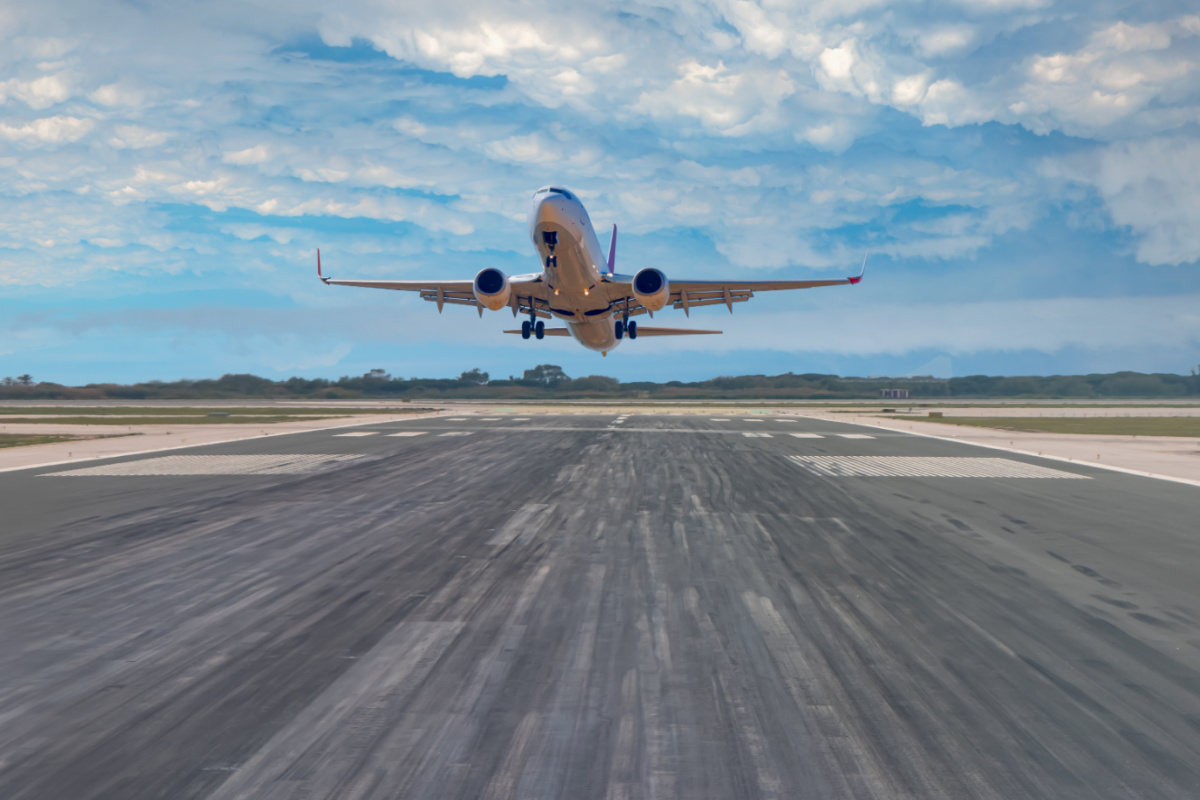Exciting news is on the horizon as the North Bali Airport project gains momentum under the new presidency.

Reviving a Long-Standing Vision for Bali
Just last week, tourism officials in Bali shared their thoughts with reporters, suggesting that the North Bali Airport development wasn’t an immediate priority and might need to be put on hold. But this weekend marked a turning point. During his visit to the province, President Prabowo Subianto reaffirmed his commitment to his election promise, unveiling plans that could transform Bali into a regional hub akin to Hong Kong or Singapore.
The Ongoing Conversation Around North Bali Airport
The discussion surrounding the North Bali Airport has been a fixture in the headlines for nearly a decade, sparking passionate debates among residents and stakeholders alike. I remember the heated discussions among my friends in Bali, where the mere mention of the airport would lead to differing opinions—some envisioning its potential for economic growth, while others fearing the impact on local communities. Besides the traffic congestion we all know too well, the fate of this airport is a hot topic that resonates with many.
The airport project hit a snag when it was removed from Indonesia’s National Strategic Project List by former President Joko Widodo in late 2022. Despite the setbacks, the enthusiasm surrounding the current presidency has reignited hopes for the project.
Political Promises and Local Concerns
In 2023, key leaders, including Megawati Soekarnoputri of the PDI-P, voiced strong resistance to the project, highlighting worries about its impact on the local community in Buleleng Regency, where the airport would be built. It’s a nuanced issue—balancing development with the rights and concerns of residents. As a frequent visitor to Bali, I have encountered countless locals who are both wary and excited about the potential for growth.
During his campaign, Prabowo Subianto made an earnest promise to the residents of Buleleng that he would bring the airport project to fruition if elected. However, challenges like land acquisition and funding have made progress difficult. I often find myself reminiscing about discussions with locals who passionately argue for better infrastructure while simultaneously expressing concerns about preserving their culture and environment.
Revitalizing Bali’s Infrastructure
On November 3rd, the new President made his first official visit to Denpasar since his inauguration, making headlines with his pledge to enhance Bali’s infrastructure. A second airport, he argued, would alleviate traffic at I Gusti Ngurah Rai International Airport, offering more runway space and improved services. Oh, how many times have I been stuck in traffic heading to the airport, wishing for a more efficient solution!
“North Bali Airport, as I’ve reiterated, is a commitment I want to uphold,” President Subianto stated. He added, “We will make Bali the new Singapore, the new Hong Kong, the center of this region.” It’s a bold vision that has the potential to reshape the tourism landscape in Bali.
Looking Ahead with Optimism
The Head of the Bali Tourism Office, Tjok Bagus Pemayun, welcomed the President’s statements, admitting that a second airport could help distribute tourism more evenly across the province. While he advised caution on the immediate implementation of the project, he acknowledged its potential to ease congestion in southern Bali, where most tourists currently flock. I can relate to the challenge of navigating crowded roads when traveling across the island, so I can appreciate the urgency of finding solutions.
Pemayun noted the necessity of studying how foreign and domestic tourists might utilize the two airports differently. The North Bali Airport is projected to service 32 million passengers annually—a game-changer for the region’s tourism industry.
Concluding Thoughts
Ultimately, the North Bali Airport project isn’t just about expanding travel; it represents a deeper issue of sustainability and managing Bali’s tourism growth. As Pemayun wisely concluded, “We cannot widen the roads anymore, and vehicles continue to increase along with tourist visits.” It’s clear that meaningful change is needed, and I, like many others who cherish this beautiful island, look forward to seeing how this project unfolds in the coming years.






